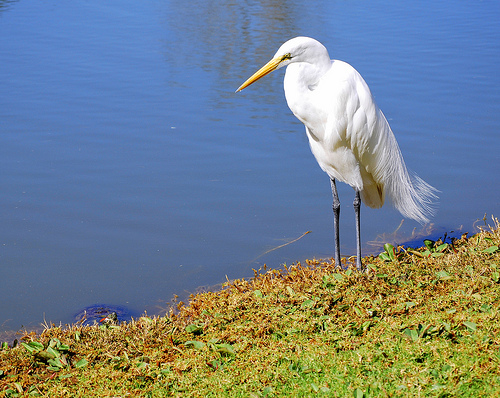Clay painting

Photograph by tracie7779on Flickr.
Clay painting animation is a form of clay animation, which is one of the many kinds of stop motion animation.
Clay painting It blurs the distinction between clay animation, cel animation and cutout animation.
Clay painting animation (which is also a variation of
painting the direct manipulation animation process), is animation where clay is Clay painting placed and flattened on a flat supporting surface and moved like wet oil paints as on a traditional artistic canvas to produce any style of
Academic art images, but with a clay look to them, filmed frame-by-frame by an animation camera (shooting from above, an in a traditional Clay painting animation stand) after each small adjustment of the clay images.
The clay-painting process has also been used as a background, photographically combined with other forms of animation, and even live action.
Pioneering this technique was one-time Vinton animator Joan Gratz, first in her Oscar-nominated film The Creation (1980) and then in her Clay painting Oscar-winning Mona Lisa Descending a Staircase filmed in 1992.
A variation of this technique was developed by another Vinton animator, Craig Bartlett, for his series of Arnold short films, also made during the 90s, in which he not only used clay painting, but sometimes built up clay images that rose off the plane of the flat support platform, toward the camera lens, to give a more 3-D stop-motion look to his films.
Gratz has also collaborated with other animators such as Portland, Oregon s Joanna Priestly to produce films that animated 3-D objects on the flat animation table.
An example is Priestly-Gratz s Candy Jam film, made in the mid-90s, which can also be defined as object animation.
In the Soviet Union, the technique was made famous by Aleksandr Tatarskiy with films such as Plasticine Crow (1981
.

